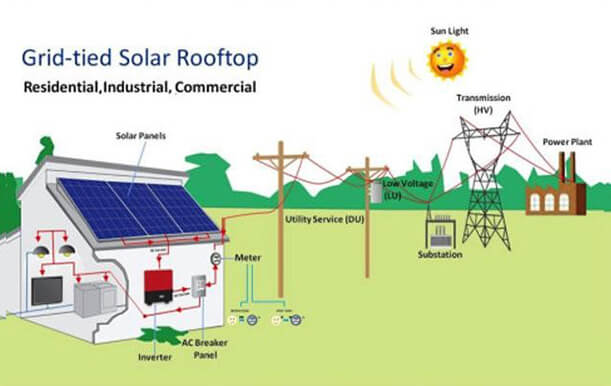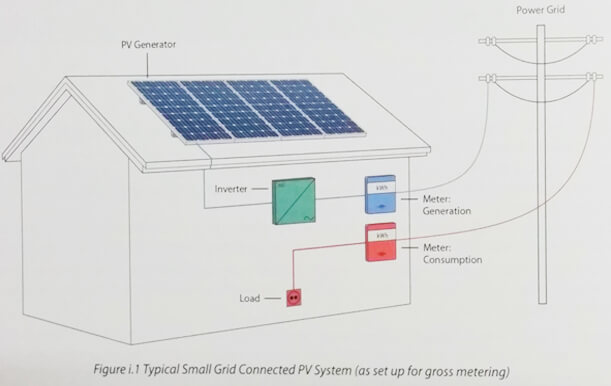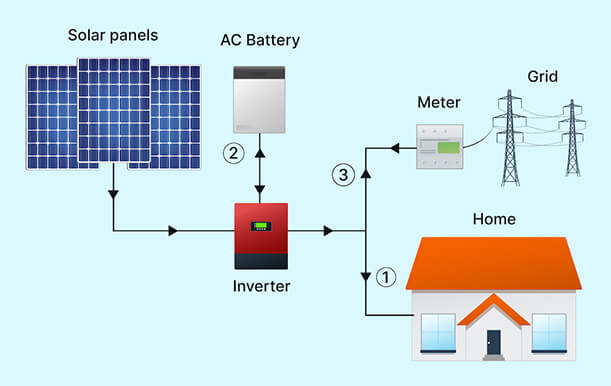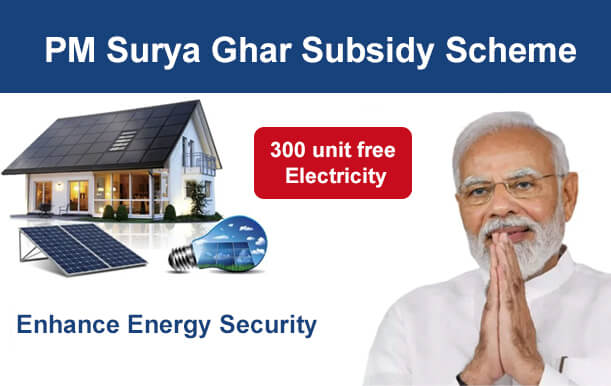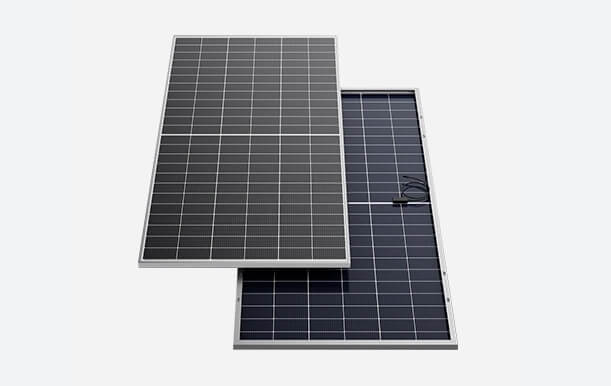As the world pivots towards renewable energy solutions, solar power continues to stand out
as a leading option for sustainable energy production. At the heart of many modern solar
power systems is the inverter, a device that converts the direct current (DC) produced by
solar panels into the alternating current (AC) used by most home appliances. Among the
various types of inverters, dual mode micro inverters are gaining attention for their
efficiency, versatility, and enhanced performance. In this blog, we will explore what dual
mode micro inverters are, how they work, and why they are becoming a popular choice for
solar power systems.
Understanding Dual Mode Micro Inverters
Definition: A dual mode micro inverter is a compact device installed on individual solar
panels that can operate in two modes: grid-tied and off-grid. This means that the inverter can
supply power to the grid when connected, and also function independently to provide power
directly to appliances when the grid is unavailable.
How Dual Mode Micro Inverters Work
Dual mode micro inverters are designed to optimize the performance of solar power systems
under varying conditions. Here’s a closer look at their operation in both modes:
1. Grid-Tied Mode:
Normal Operation:
(a), In this mode, the dual mode micro inverter converts the DC electricity
generated by the solar panel into AC electricity and feeds it into the
electrical grid.
(b), The system supplies power to the home and any excess electricity can
be sent back to the grid, often earning credits or payments through net
metering arrangements.
Advantages:
(a), Enhances energy efficiency by ensuring that all generated power is
utilized or sold back to the grid.
(b), Reduces electricity bills and supports grid stability.
2. Off-Grid Mode:
Isolated Operation:
(a), When the grid is down or in remote locations without grid access, the
inverter switches to off-grid mode.
(b), It directly supplies AC electricity to the home or specific appliances
from the solar panels.
Advantages:
(a), Provides a reliable power supply during grid outages, enhancing
energy security.
(b), Ideal for remote or rural areas where grid connectivity is unreliable or
unavailable.
Key Features and Benefits of Dual Mode Micro Inverters
- Enhanced Flexibility:
(a), The ability to switch between grid-tied and off-grid modes provides
homeowners with greater control over their energy usage and security.
(b), Suitable for diverse applications, from urban environments to remote
locations. - Increased Efficiency:
(a), By operating at the panel level, dual mode micro inverters optimize the
performance of each individual solar panel.
(b), They reduce energy losses associated with shading, dirt, or panel mismatches,
ensuring maximum energy harvest. - Improved Reliability:
(a), Micro inverters are less prone to single-point failures compared to string
inverters, where the failure of one unit can impact the entire system.
(b), In off-grid mode, they ensure a continuous power supply during grid outages,
making them a reliable backup solution. - Scalability:
(a), Dual mode micro inverters make it easy to expand solar power systems.
Additional panels with micro inverters can be added without reconfiguring the
entire system.
(b), This scalability is ideal for growing energy needs and future expansions. - Safety:
(a), Micro inverters reduce the risk of high-voltage DC electricity, which is a
common concern with traditional string inverters.
(b), Lower DC voltage improves overall safety for installers and homeowners.
Applications of Dual Mode Micro Inverters
- Residential Solar Systems:
(a), Homeowners can benefit from the flexibility and reliability of dual mode
micro inverters, ensuring power availability during grid outages.
(b), They offer an efficient solution for maximizing energy production and
reducing electricity bills. - Commercial Solar Systems:
(a), Businesses can leverage dual mode micro inverters for improved energy
management and resilience against power disruptions.
(b), They support scalable installations, making them suitable for various
commercial applications. - Remote and Off-Grid Locations:
(a), In areas without reliable grid access, dual mode micro inverters provide a
sustainable and dependable power source.
(b), They are ideal for rural communities, remote facilities, and emergency power
supplies.
Conclusion
Dual mode micro inverters represent a significant advancement in solar power technology,
offering a versatile and efficient solution for both residential and commercial applications. By
combining the benefits of grid-tied and off-grid systems, they provide enhanced reliability,
flexibility, and safety. As the demand for renewable energy grows, dual mode micro inverters
are poised to play a crucial role in the future of solar power, enabling more people to harness
the sun’s energy efficiently and reliably. Whether you’re looking to reduce your electricity
bills, ensure energy security, or power remote locations, dual mode micro inverters are a
smart and forward-thinking choice for your solar power system.


